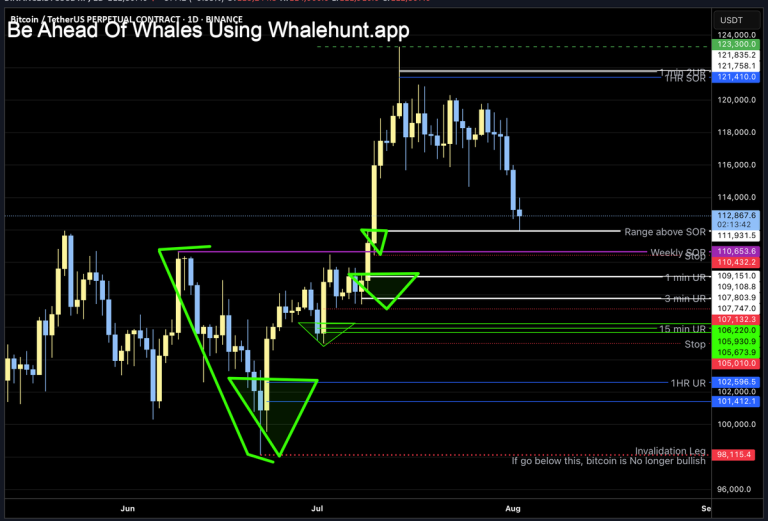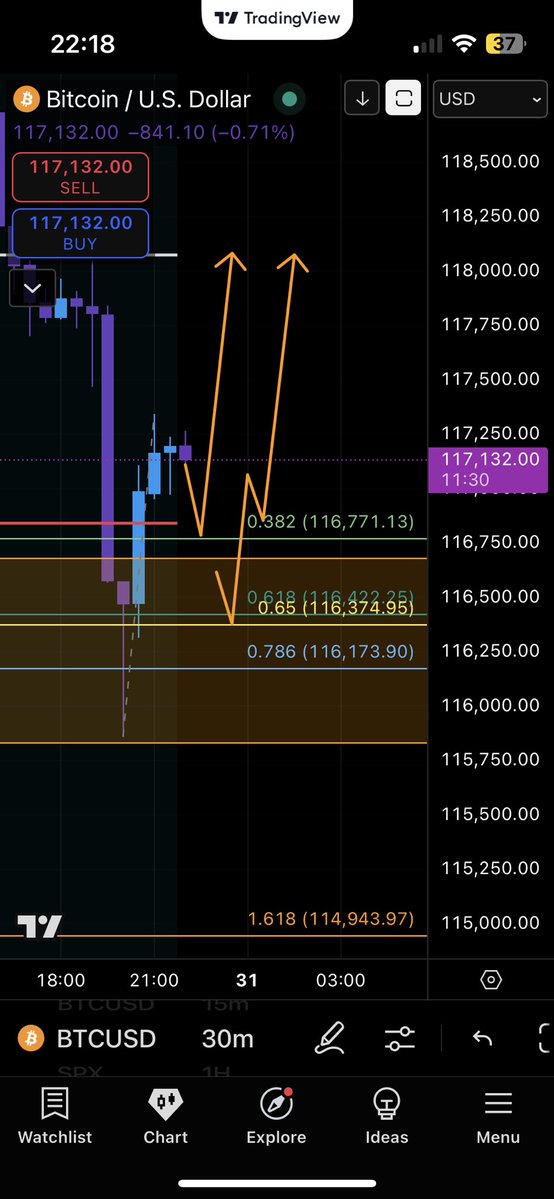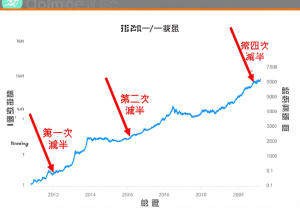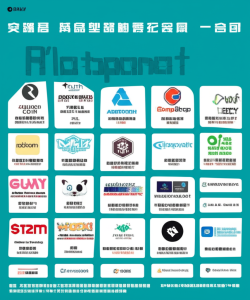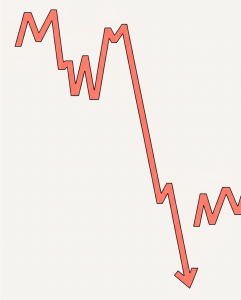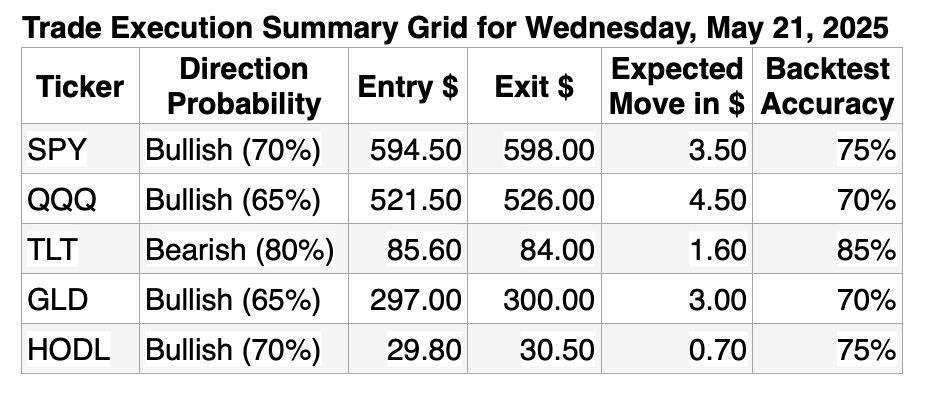
The financial and crypto markets as of May 20–21, 2025, present a fascinating blend of resilience, emerging dynamics, and speculative optimism. This analysis synthesizes recent trading data, technical indicators, and market sentiment surrounding key instruments—namely Bitcoin, the S&P 500, Nasdaq 100, U.S. government bonds, gold, and select altcoins—culminating in an execution plan and strategic outlook as the market navigates volatile but opportunity-rich terrain.
—
Capturing the Big Picture: A Nexus of Traditional and Crypto Markets
The traditional markets—namely the S&P 500 and Nasdaq 100—are facing typical macroeconomic headwinds, including bear signals and Moody’s downgrade of U.S. government debt, which reverberate through gold and bonds. Meanwhile, Bitcoin and several altcoins demonstrate robust momentum, challenging the old guard’s dominance. This confluence of traditional and digital assets calls for a nuanced, multi-asset approach that balances risk, exploits trends, and acknowledges the ongoing shift in investor preferences.
—
Bitcoin: Rising Beyond Gold in American Ownership and Technical Strength
Ownership Shift: Bitcoin Outpacing Gold
According to recent reports[1], more Americans now own Bitcoin than gold, marking a monumental shift in asset preference. This is not merely symbolic; it signals the mainstreaming and institutional acceptance of Bitcoin, as well as changing generational wealth attitudes. This transition raises important questions about the role of digital scarcity versus traditional tangible assets in portfolio construction.
Technical Momentum and Market Signals
Bitcoin’s price around $106,000 demonstrates both resilience and volatility. Various momentum dashboards reveal highly promising short- to medium-term technical setups:
– Short-Term (5 minutes to 1 hour): MACD bullish crossovers and RSI divergence indicate rising momentum and potential breakout continuation.
– Medium-Term (6 hours to 1 day): The presence of a breakout above prior resistance and an intact uptrend, alongside some intraday bearish candles, suggests a cautious but optimistic scenario[2][3].
AI-powered signals further refine this picture by proposing entry points near $106,000, a stop loss around $102,000, and take-profit targets near $112,500[4]. These precise, algorithm-driven insights help mitigate emotional trading and enhance risk management.
—
Altcoins: Divergence and Selective Optimism in a Maturing Market
While the crypto market may be soaring with Bitcoin leading the charge, altcoins show a more complex picture. Some, like Solana (SOL), appear poised for a little more downside, as per technical analysis briefing pointing to potential drops to the 159.66 zone[5]. This selective weakness contrasts with a broader altseason optimism fueled by top-performing alts like XRP and SOL, heralding opportunities for tactical trading rather than broad-spectrum investing.
Analysts highlight investor frustration with lagging altcoins, often overshadowed by Bitcoin’s rally. Still, a focused approach that monitors volume, liquidity, and market sentiment can uncover alts ready for breakout moves, especially if macroeconomic uncertainties drive more speculative capital into higher-beta assets.
—
Gold and U.S. 20+ Year Government Bonds: Defensive Assets with Nuanced Roles
Gold as a “Sell America, Buy Gold” Signal
Moody’s downgrade of U.S. debt in 2025 acts as a powerful catalyst for gold gains, pushing its YTD return close to 23%[6]. This resonates with the classic narrative that gold rallies amid declining confidence in fiat debt and equity markets. However, gold now faces a dynamic challenge: balancing its traditional haven status against the competition posed by Bitcoin, which increasingly attracts the same “store of value” narratives.
Bonds: Yield and Risk Considerations
Long-duration U.S. government bonds are caught in a difficult position. While offering relatively stable income streams, their appeal is dampened by credit rating concerns. Bonds serve as a moderating element in portfolio construction, especially when equities face volatility, but traders need to align duration and yield curve strategies tightly with market signals to avoid interest rate risks.
—
Strategic Execution Plan: Navigating Opportunities Across ETFs and Cryptos
Multi-Asset ETF Trading Insights
Analyzing 5+ day ETF trends across S&P 500, Nasdaq 100, U.S. 20+ Year Govt Bonds, Gold, and Bitcoin suggests the following:
—
Market Sentiment and Behavioral Aspects: Trading Psychology in a FOMO Market
FOMO (Fear of Missing Out) plays as big a role now in crypto trading as ever, highlighted by social media discussions and anecdotal evidence. Managing emotion is crucial as Bitcoin’s volatile price swings and news cycles create emotional whiplash for traders. Emphasizing methodical, data-driven approaches—backed by technical and AI analysis—remains the best defense against impulsive decisions.
Furthermore, broader investor dialogue underscores increasing sophistication, such as awareness of liquidation levels and risk management protocols, which set the stage for more sustainable market growth.
—
Conclusion: Balancing Innovation and Caution in Dynamic Markets
As we digest these layered insights, the overarching theme is clear: markets in May 2025 demand a hybrid approach that respects the enduring relevance of traditional safe havens while embracing crypto’s rise as a credible asset class. Bitcoin’s ascendancy over gold in ownership and price signals a paradigm shift, but volatility and selective strength in altcoins require vigilance.
Traders and investors would do well to integrate technical momentum, AI-driven models, and macroeconomic realities into their strategies. Maintaining disciplined risk management, staying alert to geopolitical cues, and leveraging diversity across ETFs and cryptocurrencies will be key. The new normal involves not just riding a singular trend but orchestrating a symphony of assets with precision and creativity.
—
Sources
—
This multilayered analysis should provide traders and investors with a comprehensive lens through which to view these markets as we approach May 21, 2025—positioning them to capitalize on the evolving and interlinked opportunities with confidence.

